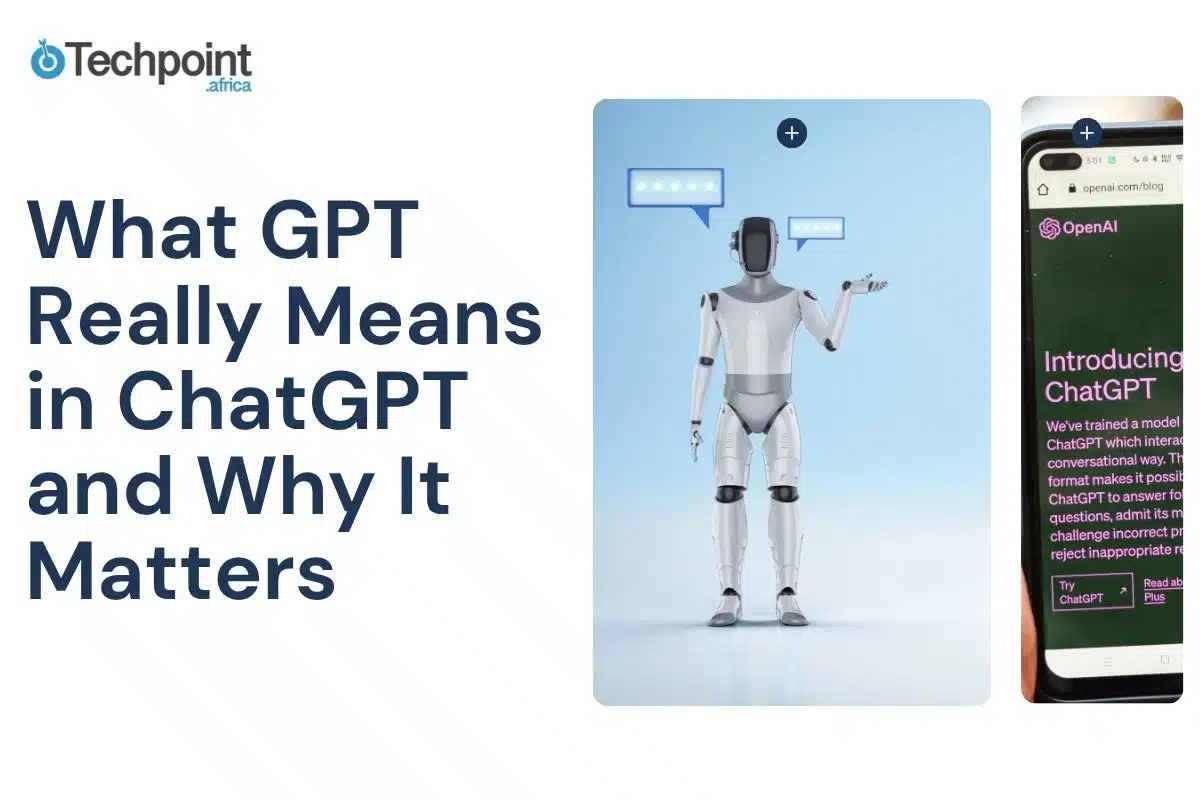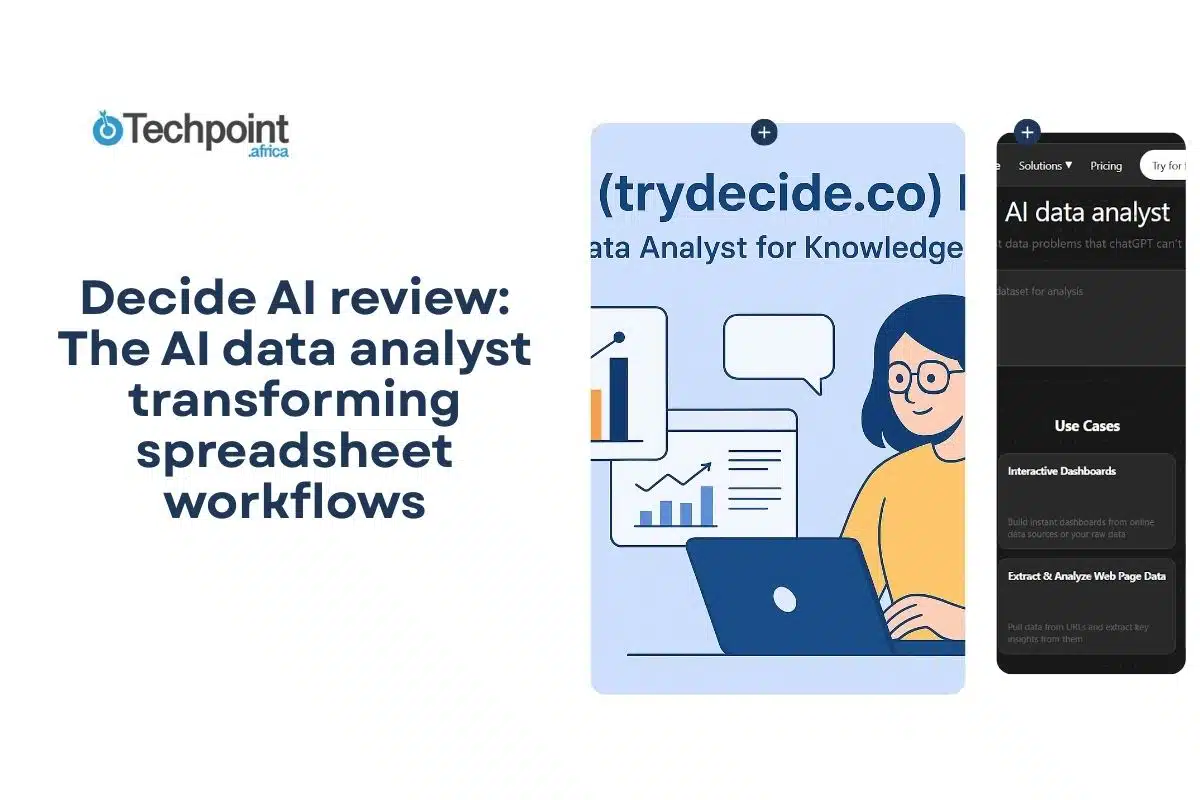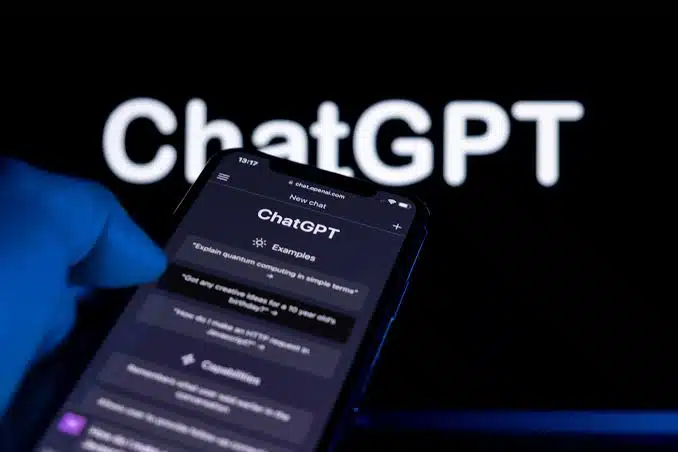
ChatGPT has quickly become part of everyday life helping with writing, research, decision-making, and even casual conversations. But while most people know what ChatGPT does, very few know what the “GPT” in its name actually means.
That acronym isn’t just technical jargon. It points directly to how this tool works, how it was built, and what makes it different from a search engine or voice assistant.
In this article, I’ll break down what GPT stands for, where it comes from, and why understanding it can help you use ChatGPT more effectively.
Let’s get into it.
We Say It All the Time… But What Is GPT in ChatGPT?
GPT stands for Generative Pre-trained Transformer. It’s not just a tech label, it’s the name of the model that powers everything ChatGPT does. Understanding it helps you grasp how ChatGPT generates responses, handles context, and adapts to your input.
Let’s break down what each word means.
Generative: It Produces Content
GPT is a generative model. That means it doesn’t pull ready-made answers from a database. It builds responses on the spot by predicting the next word based on everything you’ve typed so far.
This is why ChatGPT can write articles, answer follow-up questions, draft emails, or roleplay as a pirate. It’s creating content, not copying it. Its strength lies in recognizing patterns and generating language that fits the context.
Pre-trained: It Learned Before You Met It
Before it was ever made public, GPT went through a training process using an enormous dataset: books, articles, websites, forums, and more. It learned how language works by studying how people actually use it.
“Pre-trained” means that the model already has general language knowledge before it starts chatting with you. Then it’s fine-tuned, given additional training with human feedback to improve accuracy, tone, and safety.
This is what makes it feel smart out of the box. It’s not figuring things out from scratch, it’s recalling and applying what it already knows.
Transformer: It Understands Context
The transformer is the architecture GPT is built on. It’s designed to understand context across large amounts of text. It doesn’t read one word at a time, it considers everything you’ve said in your message and in the conversation so far to decide what comes next.
This architecture makes ChatGPT more coherent and responsive. It can reference earlier parts of the chat, follow complex instructions, and switch tones or formats mid-conversation.
GPT = The Model Behind the Chat
In short, GPT is the model. ChatGPT is the product built on top of it. When you ask ChatGPT a question, it’s GPT that’s doing the actual thinking.
- Generative: It creates responses.
- Pre-trained: It’s already learned language patterns.
- Transformer: It processes and understands your input in context.
That’s what GPT is and why it matters so much.
And What About the “Chat” in ChatGPT?
“GPT” gets the spotlight, but “Chat” is what makes it human-friendly. It’s the interface, the experience, the reason you’re not just staring at lines of code.
Chat Is how we talk to GPT. Before ChatGPT, using a GPT model meant dealing with code, APIs, and developer tools, not exactly user-friendly. By adding a conversational layer, OpenAI made the power of GPT accessible to everyone. Now you can just type what you’re thinking and get a response, no technical background required. That makes AI Feel Less Like a Machine.
When AI responds like a conversation partner, it feels approachable. You don’t need to phrase things “the right way”. You can start messy, ask clarifying questions, change your mind, or ask follow-ups on the fly. It’s why you can build a relationship with it. The “chat” format also lets you build continuity.
GPT can remember what you asked earlier in the thread, adapt its tone, and follow the direction you’re taking it.
So while GPT is the brain, chat is the voice. It’s the bridge that brings all that computational power into the hands of everyday users in plain English, in real time.
How GPT Evolved: From Prototype to Powerhouse
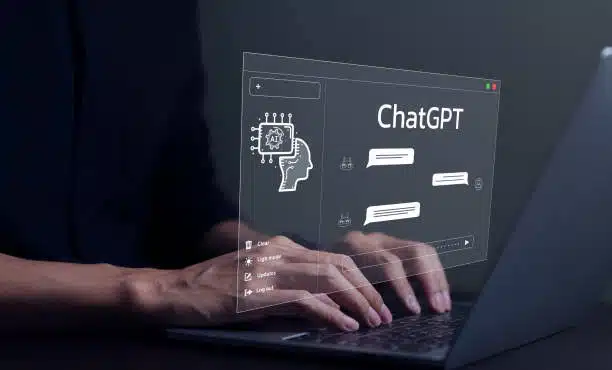
The GPT we use today didn’t appear overnight. It’s the result of steady, ambitious improvements over several years. Each version brought major upgrades in size, language understanding, and usefulness.
Here’s a quick look at how we got from GPT-1 to GPT-4.
GPT-1 (2018)
GPT-1 was OpenAI’s first experiment. It had 117 million parameters, the building blocks that help the model learn patterns. By modern standards, that’s small, but it proved the idea worked: you could train a model on a broad dataset, and it would pick up grammar, facts, and reasoning.
This version stayed mostly in research circles. It wasn’t very chatty, but it laid the foundation.
GPT-2 (2019)
With 1.5 billion parameters, GPT-2 was a major leap. It could generate readable paragraphs, mimic writing styles, and follow prompts with surprising coherence.
OpenAI initially hesitated to release it publicly due to concerns about misuse (like generating fake news), which only fueled public interest. Eventually, it was released and quickly adopted by developers and hobbyists.
GPT-3 (2020)
This is the version that put GPT on the map. With 175 billion parameters, GPT-3 could hold conversations, write articles, answer questions, and even write code.
It powered the first wave of apps and tools that used “AI writing” or “AI assistants.” It wasn’t perfect. Sometimes overconfident or inaccurate but it was powerful enough that people started to take AI seriously in everyday tasks.
GPT-4: Smarter, Safer, More Reliable (2023)
GPT-4 brought big improvements in reasoning, context handling, and factual accuracy. It could understand longer prompts, give more nuanced answers, and perform better on exams, coding tasks, and creative writing.
It also became more aligned, meaning it was better at following human intent and less likely to go off-track. Most importantly, it marked the shift from “cool toy” to “serious tool.”
This is the version behind ChatGPT’s most capable setting (when using GPT-4), and the one many professionals now rely on.
Why GPT Feels So Different from Regular Chatbots and Search Engines
Most people’s first reaction to ChatGPT is, “Wait, how is this so good?” That’s because we’re used to basic chatbots and keyword-based search engines. GPT breaks that mold.
Here’s how it’s different and why it stands out.
- It Understands Natural Language, Not Just Commands
Old-school chatbots work off scripts. They recognize specific keywords or phrases and respond with preset answers. Ask anything outside their narrow scope, and they break or go in circles.
GPT doesn’t need exact phrasing. You can type casually, make mistakes, even ask something complex and it still understands your intent. It’s trained on so much real-world text that it knows how people actually speak and write.
- It Generates, Not Retrieves
Search engines scan the internet and return links. Traditional bots match your question to a database of pre-written answers.
GPT, on the other hand, builds its response word by word. It doesn’t fetch content, it creates it on the fly, based on everything it has learned. That’s why you can ask it to rephrase, write in a certain tone, or adapt to your style. It’s flexible because it’s generative.
- It Handles Context and Continuity
Ask Google one question, then a follow-up, you’ll need to repeat everything for it to understand. Ask a scripted chatbot, and it might forget what you were talking about altogether.
GPT can remember the flow of a conversation. It knows what was said earlier and uses that to inform what comes next. This ability to hold context is what makes multi-step tasks, storytelling, or in-depth Q&A feel surprisingly seamless.
- It Can Reason (Up to a Point)
GPT can follow logic, connect ideas, and offer structured responses. That’s a major step up from bots that just spit out pre-written text.
For example, you can ask it to compare options, critique writing, simulate roles, or solve simple problems. It won’t always get everything right, but its reasoning ability gives it versatility beyond a helpdesk chatbot or search bar.
How GPT Is Used Today
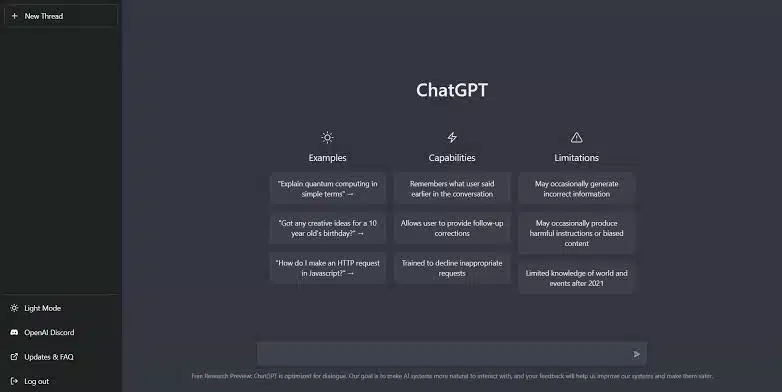
GPT isn’t just for tech enthusiasts anymore. It’s being quietly woven into how people work, create, learn, and solve problems, every single day.
Here are some of the most common and surprising ways people are using it right now:
Writing and Content Creation
Writers use GPT to beat writer’s block, brainstorm article angles, summarize long documents, or rewrite drafts in a new tone. It’s like having an extra brain in the room, one that never gets tired and always has a suggestion. From blog posts to emails to social media captions, GPT can help speed up the writing process without sacrificing originality.
Customer Support and Virtual Assistants
Companies are using GPT-powered bots to handle customer queries more naturally. Unlike old-school support bots, these can answer in plain English, follow up on previous messages, and even handle tricky tone-sensitive situations. Some are even replacing internal knowledge bases, just ask a question, and get a tailored answer pulled from the company’s data.
Learning and Research
Students, professionals, and curious minds use GPT to explain complex topics, quiz themselves, break down jargon, or get quick summaries. It won’t replace deep study, but it’s a great tool for exploring new topics fast or double-checking your understanding.
Coding and Development
Developers use GPT to write, explain, debug, and even refactor code. Tools like GitHub Copilot (built on GPT tech) assist as you type, suggesting code snippets or catching bugs in real time. Even non-coders are using it to generate simple scripts or automate tasks, making tech more accessible.
People are using GPT for everything from planning meals and managing schedules to writing wedding toasts or generating business names. If it involves words, GPT can usually help.
How Understanding GPT Helps You Use ChatGPT Better
Now that you know what GPT really is, here’s why that knowledge pays off.
- You Can Prompt It More Effectively
When you realize GPT is a generative, pattern-based language mode, not a mind-reader, you start writing better prompts. You know that clear instructions matter. You start saying things like:
- “Rewrite this in a professional tone.”
- “Summarize this in bullet points.”
- “Give me three alternatives with pros and cons.”
You’ll notice how much more useful, accurate, and tailored the responses become when your prompts are intentional.
- You Won’t Expect Magic, You’ll Expect Patterns
Understanding that GPT was trained on past data, not the live internet, helps you use it smarter. You won’t expect breaking news updates or personal opinions. Instead, you’ll lean on its strengths: clarity, structure, flexibility, and speed.
You stop being surprised when it makes small mistakes, and you start steering the conversation instead of reacting to it.
- You’ll Tap Into Its Range
Knowing it can generate language in any tone, mimic styles, write code, translate, explain, and reformat, you start using it for more than just “typing help.”
Suddenly, it’s your brainstorming partner, your second set of eyes, your explainer, your prototype builder, and your editor.
- You Become More Creative with It
Most importantly, understanding GPT shifts how you think. You stop treating it like a tool and start using it like a collaborator. You ask better questions, explore more ideas, and test new things. That’s when ChatGPT goes from helpful to essential.
Final Thoughts
We say “ChatGPT” so casually now, but behind that name is a powerful story. GPT is the brain, a sophisticated model trained to understand and generate language and Chat is the bridge, the interface that lets you interact with it naturally, like a conversation.
Together, they’ve turned AI from a niche concept into a tool millions of people use every day for writing, coding, learning, and working.
By understanding what GPT actually is, you’re no longer just a passive user. You know what’s happening under the hood, how to talk to it better, and how to unlock more of its potential.
And now that you know what GPT really stands for, you’re in on the secret.

